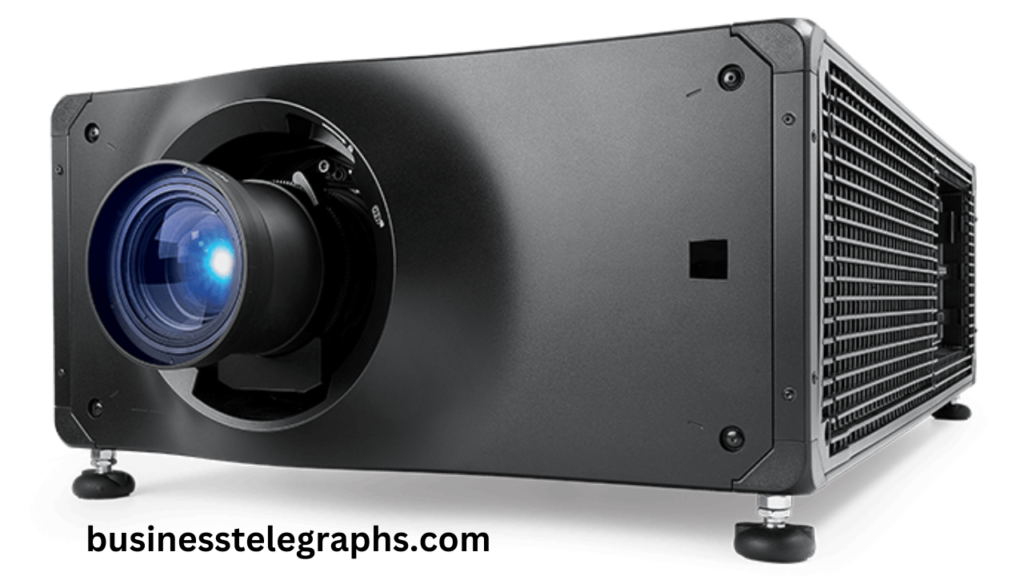How IMS3000 Playback Dots Enhance Cinema Management

The Dolby IMS3000 Integrated Media Server is a cutting-edge platform widely used in cinema projection systems to deliver high-quality video and immersive sound. Designed to meet the evolving needs of modern cinemas, the IMS3000 combines audio and video processing in a single, integrated solution. Among its many features, one term that frequently comes up in discussions about the system is “playback dots.” While not an officially documented term, these indicators are essential for understanding the playback process, system status, and operational workflows.
This article explores the concept of “playback dots” in the context of the IMS3000 Playback Dots, their functionality, and their significance in ensuring seamless cinema operations. It also delves into related aspects of the IMS3000 interface and features, offering a thorough overview of how this robust system operates.
Introduction to the IMS3000 Playback Dots
The Dolby IMS3000 Integrated Media Server is a state-of-the-art device designed to simplify and enhance cinema projection. It supports playback of digital cinema packages (DCPs), incorporates advanced audio processing, and enables streamlined workflows for cinema operators. With its integrated audio processor, the IMS3000 Playback Dots eliminates the need for separate hardware, making it a cost-effective choice for cinema owners.
Key features of the IMS3000 include:
- Integrated Audio: Offers Dolby Atmos sound processing along with traditional formats like 5.1 and 7.1 surround sound.
- Scalable Architecture: Suitable for single-screen cinemas or multi-screen multiplexes.
- Web-Based Interface: Accessible from a browser, simplifying content management, playback, and system monitoring.
The Concept of Playback Dots
While not explicitly mentioned in official Dolby documentation, “playback dots” likely refer to visual indicators within the IMS3000’s user interface that provide real-time feedback on the system’s playback status. These dots may be part of the graphical representation of playback progress or status, giving operators a quick and intuitive way to monitor operations.
What Playback Dots Represent IMS3000 Playback Dots
- Dots may indicate whether content is playing, paused, or stopped. For instance, a green dot could signify active playback, while a red dot might indicate an error or interruption.
Progress Monitoring:
- Dots might show the progress of playback, similar to a progress bar, with each dot representing a segment of the content being played.
System Readiness:
- Playback dots may serve as indicators of system readiness, confirming that all necessary components are functioning correctly before playback begins.
Where Playback Dots Are Found
Playback dots could appear in various sections of the IMS3000 Playback Dots interface, such as:
CineLister Playlist:
The playlist manager where playback dots may be displayed alongside individual content items, indicating their playback or readiness status.
Content Playback Window:
The primary interface during playback, where visual cues like dots or bars provide updates on playback progress.
Status Indicators:
General system status windows that use dots or similar icons to display the health and operation of components like storage, network connections, or audio systems.
Significance of Playback Dots
Understanding and effectively utilizing playback dots is crucial for smooth cinema operations. These indicators allow operators to quickly diagnose issues, monitor progress, and ensure an optimal viewing experience for audiences.
Enhancing Operational Efficiency IMS3000 Playback Dots
Real-Time Monitoring: Playback dots provide instant feedback on system performance, allowing operators to address issues without delay.
Simplified Troubleshooting: By visually representing errors or disruptions, playback dots help operators identify and resolve problems quickly.
Streamlined Workflow: Intuitive visual cues reduce the need for complex technical knowledge, making the system accessible to operators with varying levels of expertise.
Ensuring Playback Reliability
- Error Prevention: Playback dots can indicate potential issues, such as a missing KDM or corrupted file, before playback begins.
- Improved Content Management: Operators can confirm the readiness of content in the playlist through visual indicators, minimizing the risk of disruptions during screening.
How Playback Dots Fit into the IMS3000 Ecosystem
To fully appreciate the role of playback dots, it is essential to understand the broader IMS3000 Playback Dots ecosystem, including its user interface and system architecture.
User Interface Design
The IMS3000 features a web-based user interface accessible from any browser, providing a centralized platform for managing content, playlists, and system settings. The interface is divided into several key sections:
CineLister:
Used to create and manage show playlists (SPLs). Playback dots might be integrated here to show the status of individual playlist items.
Content Management:
Displays ingested content and associated metadata. Dots or icons may indicate whether content is ready for playback or requires additional actions.

System Status: IMS3000 Playback Dots
Provides a snapshot of system health, including storage utilization, network connections, and device status. Playback dots could serve as quick indicators of system readiness.
Content Playback Workflow
The IMS3000 playback process involves several steps:
Content Ingestion:
Movies and other media are ingested into the system via hard drives, USB devices, or network transfers.
KDM Management:
Key Delivery Messages (KDMs) serve as digital keys that decrypt protected content, enabling it to be accessed and played. Playback dots might signal whether the correct KDMs are in place.
Playlist Creation:
Operators build show playlists (SPLs) using the CineLister interface. Dots could indicate the playback status of individual items in the SPL.
Playback Execution:
During playback, the system uses dots or other visual cues to represent progress and status, ensuring operators can monitor the screening in real-time.
Integration with Dolby Atmos
The IMS3000 Playback Dots integrated audio processor supports Dolby Atmos, delivering immersive sound that enhances the cinematic experience. Playback dots may also relate to audio components, indicating whether the audio system is functioning correctly or highlighting synchronization issues between audio and video.
Best Practices for Using Playback Dots
To maximize the benefits of playback dots, operators should follow these best practices:
Familiarize Yourself with the Interface:
Spend time navigating the IMS3000 interface to understand where playback dots appear and what they represent.
Monitor Status Regularly:
Keep an eye on playback dots during screenings to ensure that everything runs smoothly and to address any issues immediately.
Perform Regular Maintenance:
Ensure that the IMS3000 system is updated and well-maintained to minimize errors that playback dots might highlight.
Train Staff Effectively: IMS3000 Playback Dots
Train all operators on the significance of playback dots and how to interpret them for troubleshooting and operational efficiency.
Troubleshooting Common Issues Indicated by Playback Dots
When playback dots signal an issue, quick action is essential.
Missing KDMs
- Cause: Content cannot be decrypted due to missing or expired KDMs.
- Solution: Verify the KDM delivery schedule and ingest the correct KDMs.
Corrupted Content Files
- Cause: Ingested content files are incomplete or corrupted.
- Solution: Re-ingest the content and verify file integrity before playback.
Network Issues
- Cause: Disruptions in the network connection can affect content transfer or playback.
- Solution: Check network cables and settings, and ensure a stable connection.
Hardware Malfunctions
- Cause: Issues with storage drives or the server itself can disrupt playback.
- Solution: Run diagnostics to identify the faulty component and replace or repair as needed.
Future of Playback Indicators in Cinema Technology
As cinema technology continues to evolve, playback indicators like dots will likely become more advanced and intuitive. Potential developments include:
AI-Driven Monitoring:
Integration of artificial intelligence to predict and prevent playback issues.
Customizable Indicators:
Allowing operators to configure playback dots to suit their workflows and preferences.
Enhanced Remote Access:
Enabling operators to monitor playback dots and system status remotely, ensuring operational efficiency even from off-site locations.
Conclusion
The concept of IMS3000 Playback Dots underscores the importance of intuitive visual indicators in modern cinema projection. These dots play a vital role in monitoring playback, diagnosing issues, and ensuring seamless screenings for audiences. While not explicitly defined in official documentation, playback dots serve as a key tool for cinema operators, contributing to the reliability and efficiency of the IMS3000 system.
By understanding the role of playback dots and integrating best practices into daily operations, cinema staff can enhance the overall movie-going experience, delivering high-quality visuals and sound to audiences worldwide. As technology advances, these indicators will likely continue to evolve, cementing their place as an indispensable feature in the world of digital cinema.







